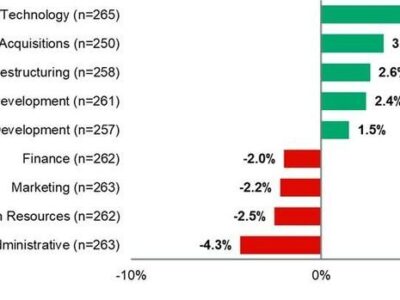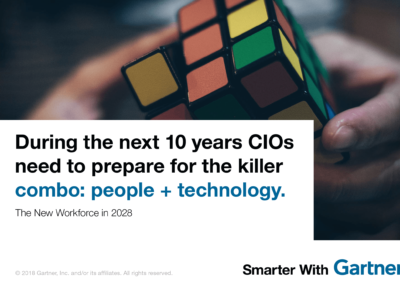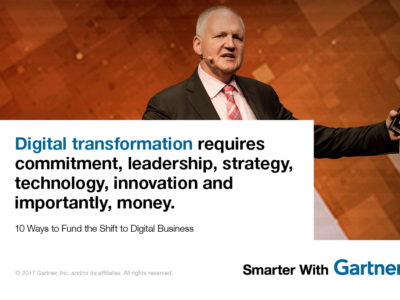Clarify customer connection to activate your brand.
A large fast food company might have franchises in multiple cities, states and even countries. How do marketers achieve brand consistency while working in a large, complex business that has such an extended network? That is the primary challenge of distributed marketing.
Gartner clients across a wide swath of companies in disparate industries are focused on overcoming the challenges of distributed marketing. Interest stretches beyond those verticals that have historically relied on distributed models, such as automotive, insurance and quick-serve restaurants, with their networks of dealers, agents and franchisees.
It is essential to understand where your connection with the customer resides.
The interest arises from two interrelated factors. First, complex global organizations are under pressure to do more than push a coherent message from a central marketing function to local affiliates; they need to be authentic in their customer interactions. Second, master brands need to empower local networks to be demand-generation centers as early in the customer journey as possible. Distributed marketing strategies offer a way to orchestrate workflows and use relevant assets across extended networks.
“Effective orchestration is the linchpin for maintaining internal brand alignment while enabling sufficient independence for local affiliates to achieve authenticity at the customer-facing level,” said Noah Elkin, research director, Gartner for Marketers.
The key lies in building a strategy, brand and technology framework elastic enough to accommodate autonomy when it’s needed and command-and-control centralization when the situation calls for it. Most brands fit somewhere on a continuum ranging from autonomous on one end (“Do It Myself” [DIM]) to more centralized control on the other, where local partners focus on execution of corporate-designated strategy (“Do It For Me” [DIFM]).
Let customer connection drive standardization
It is essential to understand where your connection with the customer resides in order to know which dimension of your brand to activate most prominently. Does the connection derive from trust in the parent brand, or does the customer connection occur because of a local relationship manager’s touch? Although the degree of latitude in adapting content assets will vary from industry to industry, or even from one division to another, crystallizing that point of customer connection is essential to know which brand dimension to bring to life.
Do It Myself: For health systems where explicit local factors such as physical proximity, healthcare provider and word-of-mouth recommendations govern which hospital a consumer visits, the marketing function is often decentralized, with few coordinated, shared resources and assets between the parent brand and local points of care.
Do It With Me: In the automotive market, marketers need to tailor corporate guidelines to the vicissitudes of the local market, where factors such as device preference come into play.
Do It For Me: In financial services companies, regulations exist that mandate every communication a company sends be pre-approved. Distributed marketers in highly regulated industries such as financial services and pharma tend to be subject to more restrictions and operate in more centralized environments.
How to take action
Leverage customer insights to understand the source and extent of your brand connection and then establish clear guidelines for where and how much distributed marketing partners can customize brand standards. Institute regular compliance checks and incentive programs for local affiliates and partners to observe standards.
In decentralized organizations where local agents have broader authority to conduct their own campaigns, ensure best practices are shared across the network. Understand the role technology can play in sharing best practices. This can be as simple as a file storage tool like Dropbox or Box or as sophisticated as a digital asset management platform designed specifically for multichannel or distributed marketing scenarios.
“Get started by developing an elastic strategy, providing shared access to resources for distributed marketing partners, and promoting both top-down and bottom-up best practices,” said Mr. Elkin.
Get Smarter
Client Research
Gartner for Marketers clients can read more in How to Manage the Challenges of Distributed Marketing by Noah Elkin.
Gartner Marketing Watch List 2017
See what trends and technologies our experts have put on the Gartner Marketing Watch List for 2017.
Gartner Digital Marketing Conference
Hear more about digital marketing trends at the Gartner Digital Marketing Conference 2017, May 10-12, in San Diego, CA. Follow news and updates from the event on Twitter using #GartnerDMC.










